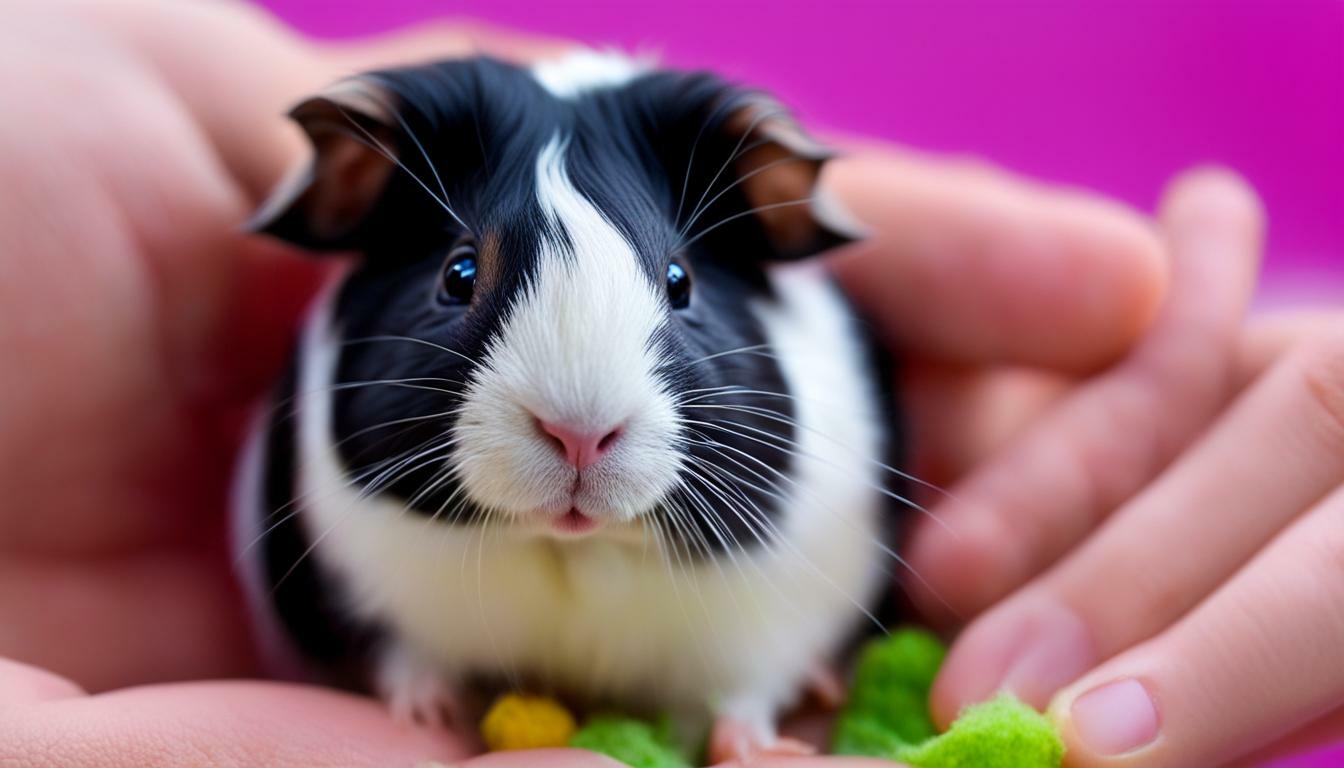Do Hawks Eat Geese? Unpacking Avian Dietary Habits

Table of content:
- What Types of Hawks Eat Geese?
- How Do Hawks Catch and Kill Geese?
- Why Do Hawks Prey on Geese?
- Do Hawks Eat Goose Eggs?
- How Can Geese Defend Themselves Against Hawks?
- What is the Typical Hawk Diet?
- Do Smaller Hawks Hunt Geese?
- Are Geese a Main Food Source for Any Hawk Species?
- How Do Hawks and Geese Interact in Urban Areas?
- What Time of Year Are Geese Most Vulnerable to Hawk Attacks?
- Final Thoughts
The predator-prey relationship between hawks and geese is a fascinating part of nature. As birds of prey, hawks are well-equipped to hunt and consume geese. However, not all hawks target geese as their primary food source. The interaction between hawks and geese depends on the species, habitat, and availability of other prey.
What Types of Hawks Eat Geese?
The larger hawk species that have the size and strength to overpower geese are most likely to prey on them. Some examples include:
- Red-Tailed Hawks – One of the most common and widespread hawk species in North America. Their diet is varied, including small mammals, birds, reptiles and amphibians. Geese may be taken when available.
- Northern Goshawks – A fierce accipiter hawk adept at taking large bird’s prey like grouse, crows, and geese.
- Golden Eagles – With a six to seven-foot wingspan, these powerful raptors can kill prey as large as deer. Geese are well within their capabilities.
- Ferruginous Hawks – The largest of the buteo hawks, their diet includes mainly small mammals, but they will hunt geese, cranes, and even swans.
How Do Hawks Catch and Kill Geese?
Hawks employ a few different hunting techniques to prey on geese:
- Stooping – In this maneuver, a hawk flies high above its prey before folding its wings back and diving steeply to build speed. Near impact, the hawk extends its talons to strike the target with maximum force. This method is effective against healthy geese.
- Surprise aerial attack – Hawks conceal themselves in trees or other high perches. From this vantage point, they drop down quickly to ambush geese on the ground or water.
- Pursuit – If a goose tries to flee, hawks will chase it persistently. Their stamina allows them to wear down their prey.
- Team hunting – Some hawk species like Harris’s hawks will coordinate attacks together on larger prey like geese.
Once grasped in a hawk’s powerful talons, geese succumb quickly to the raptor’s tearing blows. The hawk then carries off its prey to a secluded location to feed.
Why Do Hawks Prey on Geese?
Hawks are opportunistic predators, meaning they hunt whatever prey is readily available. Here are some of the main reasons why hawks prey on geese:
- Geese provide a lot of nourishing meat. Their ample size can sustain a hawk for multiple meals.
- Abundant waterfowl populations, especially during migration and wintering periods, make geese a convenient food source.
- Geese spend considerable time feeding while on land and water. This exposes them to ambush or pursuit by hawks.
- Newly molted geese have a temporary inability to fly, making them helpless against hawk attacks.
- Geese eggs and goslings present a nutritious, easy meal for hawks.
So while hawks don’t solely target geese, their accessibility and high caloric value make them an appealing component of a hawk’s diet when the chance arises.
Do Hawks Eat Goose Eggs?
Hawks do sometimes feed on goose eggs, but they do not rely on them as a primary food source. Here are a few points on hawks eating goose eggs:
- Large hawk species like ferruginous hawks will raid goose nests for eggs. The abundance of eggs helps attract these hawks during nesting season.
- Smaller hawks generally lack the size and strength to break into goose nests, which are well-hidden and strongly protected by adult geese.
- Hawk predation accounts for a relatively small portion of goose egg mortality compared to other predators like ravens, gulls, raccoons, foxes and coyotes.
- The availability of goose eggs to hawks depends heavily on timing and location during the nesting season. Early and peak incubation offers the best opportunity.
So while hawks are certainly capable of preying on goose eggs when accessible, they devote more of their hunting efforts to capturing adult and juvenile geese.
How Can Geese Defend Themselves Against Hawks?
Geese have developed several natural defenses for surviving hawk attacks:
- Flocking – There is safety in numbers. Geese congregate in large flocks which provide security through vigilance, communication and coordinated reactions.
- Mobbing – Geese aggressively chase and harass circling hawks to drive them away from the flock. They beat their wings, arch their necks, and produce loud warning calls.
- Shelter seeking – At the first sign of danger, geese immediately take flight and seek refuge on open water or behind trees, buildings and other cover.
- Nest defense – Geese are fiercely protective parents. The gander stands guard while the goose attacks intruders with aggressive charges, jabs, and loud calls.
- Avoidance – Geese are very wary and avoid venturing into any area where they have spotted perched or soaring hawks.
- Flight – If attacked on land or water, geese take flight quickly. Their stamina allows them to stay airborne and outdistance pursuing hawks.
Through these defenses, geese minimize losses while hawks are still able to take some individuals through persistence and ambush. This balance sustains both species.
What is the Typical Hawk Diet?
Hawks consume a wide variety of prey, depending on their species and habitat. The most common components of a hawk’s diet include:
- Small mammals – Rodents like mice, voles, gophers, and rabbits form the bulk of most hawk’s diets. These are a hawk’s primary prey source.
- Birds – Doves, pigeons, quail, grouse and waterfowl are plentiful bird foods for hawks.
- Reptiles/amphibians – Snakes, lizards and frogs supplement the diet of many hawks.
- Insects – Grasshoppers, cicadas, beetles and other insects offer small snacks, especially for young hawks learning to hunt.
- Carrion – Hawks like red-tailed hawks and turkey vultures will readily scavenge animal carcasses.
So while goose predation fits into their dietary habits, hawks generally subsist on smaller, more manageable prey through most of the year. Availability and vulnerability determine if and when hawks target geese.
Do Smaller Hawks Hunt Geese?
The smaller hawk species do not actively hunt geese because they lack the body size and strength to bring down such large prey. For instance:
- Sharp-shinned Hawks – At just 10-14 inches long with a 20-30 inch wingspan, these petite accipiters can only capture songbirds and small woodland mammals.
- Cooper’s Hawks – Slightly larger than sharp-shins at 14-20 inches long, Cooper’s focus on taking medium-sized birds like jays, doves and starlings along with small mammals.
- American Kestrels – The smallest North American falcons, kestrels feed mostly on invertebrates like grasshoppers, cicadas, mice and voles. They could not grapple with 50+ pound geese.
So the bulk of goose predation falls upon larger buteos like red-tails, as well as ferruginous hawks and eagles. The diminutive hawk species must pursue prey closer to their own modest sizes.
Are Geese a Main Food Source for Any Hawk Species?
For most hawks that do include geese in their feeding habits, they are just one component of a varied diet rather than a primary staple. However, there are a couple of exceptions:
- Golden Eagles – In certain northern coastal regions, golden eagle diets are comprised predominantly of goose species like brent geese and black brant during the fall and winter.
- Rough-legged Hawks – When these raptors migrate into arctic and subarctic areas in the summer, goose fledglings become a vital food source while ground squirrels and lemmings are less available.
So in these examples, localized goose abundance and reduced small mammal populations make certain geese a temporary dietary cornerstone. But for most hawks, geese provide just occasional supplemental prey.
How Do Hawks and Geese Interact in Urban Areas?
Increasing urbanization has brought both hawks and geese into closer contact in populated areas. This leads to some unique interactions:
- Nesting urban hawks like red-tails and Cooper’s hawks may target city geese as prey since natural food is limited.
- Accustomed to humans, urban geese are more vulnerable to hawk attacks in parks, golf courses, office complexes and other landscaping.
- Hawks tend to perch on tall urban structures like power poles, towers, bridges and buildings, providing excellent vantage points for spotting geese.
- Cities provide an abundance of geese due to ample waterfront access, grassy areas for grazing and absence of hunting. This concentration attracts more hawks.
- Conflict arises from hyper-abundant goose flocks fouling ponds and grasslands prized for human recreation and aesthetics. Hawks naturally cull numbers.
So the urban landscape brings geese and hawks into closer quarters. Geese thrive with abundant resources but become easier hawk prey. These intensified interactions will likely increase as urbanization continues.
What Time of Year Are Geese Most Vulnerable to Hawk Attacks?
There are certain times annually when geese are more susceptible to hawk predation:
- Late Summer – Geese are molting and unable to fly for several weeks, making them helpless against hawk attacks.
- Fall Migration – Long migrations leave geese exhausted and depleted. Hawks seize opportunities at stopover spots.
- Winter – Harsh weather concentrates geese in smaller open areas where hawks can find and ambush them.
- Spring Nesting – Adult geese focused on nesting lose some of their communal vigilance. Hawks may raid nests.
- Gosling stage – Young geese reaching fledgling stage in late spring and early summer are naive, clumsy flyers, and easy targets for hawks through summer.
So the times when geese congregate densely, tire, or are distracted from their alert faculties make them most vulnerable. The rest of the year, healthy adult geese remain vigilant and challenging prey.
Final Thoughts
The predator-prey dynamic between hawks and geese adds fascinating balance and interaction within nature’s food webs. Though challenging adversaries for each other, their mutually honed abilities ensure robust coexistence rather than dominance by one side. This ensures ongoing biodiversity within avian communities. Grasping this nuanced relationship leads to greater understanding and respect for the remarkable coevolution of raptors and waterfowl.
Welcome. I’m Adreena Shanum, the proud owner of this website, and I am incredibly passionate about animals, especially poultry. I founded adreenapets.com as a labor of love, stemming from my desire to share my knowledge and experiences with poultry enthusiasts worldwide.




